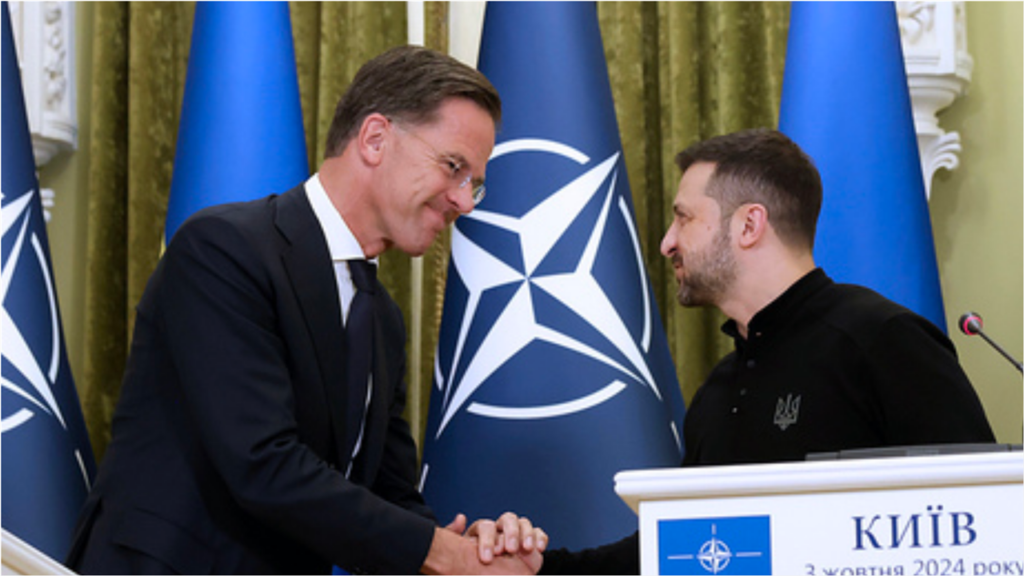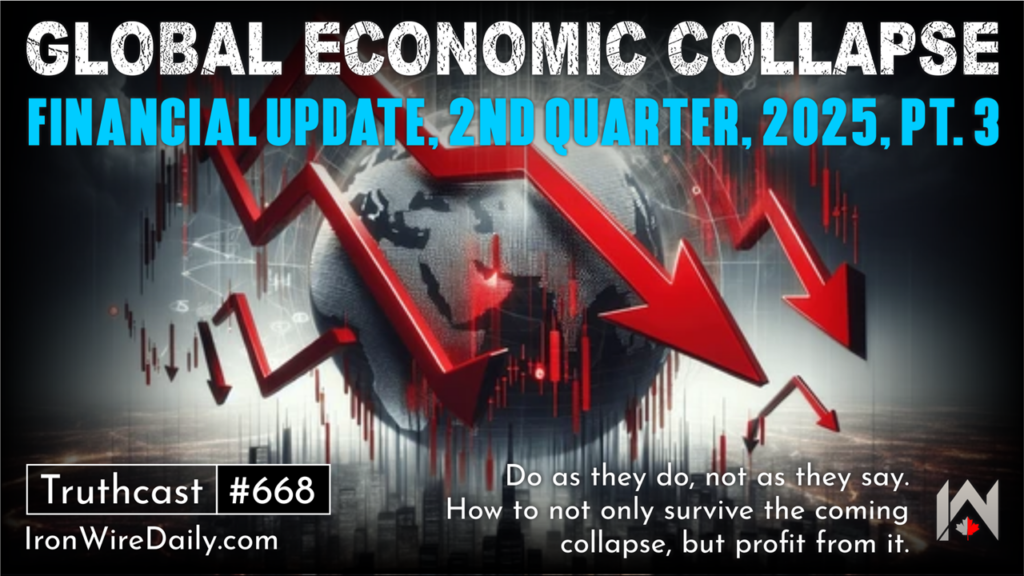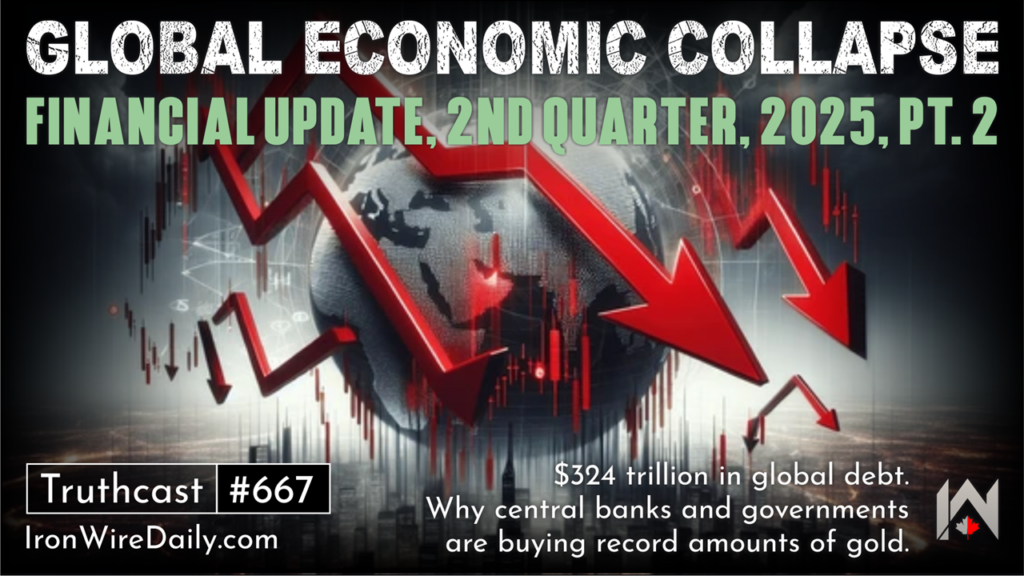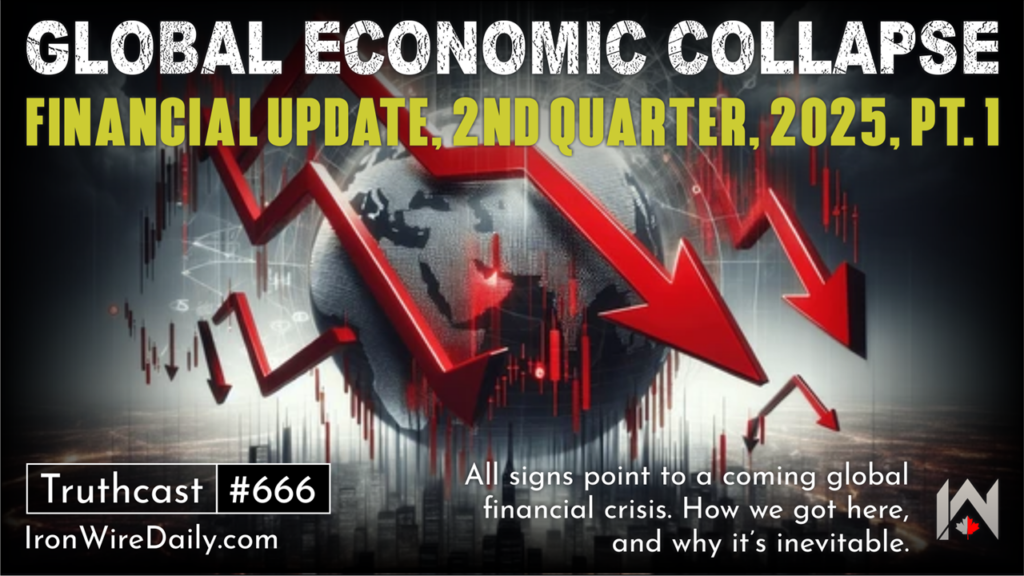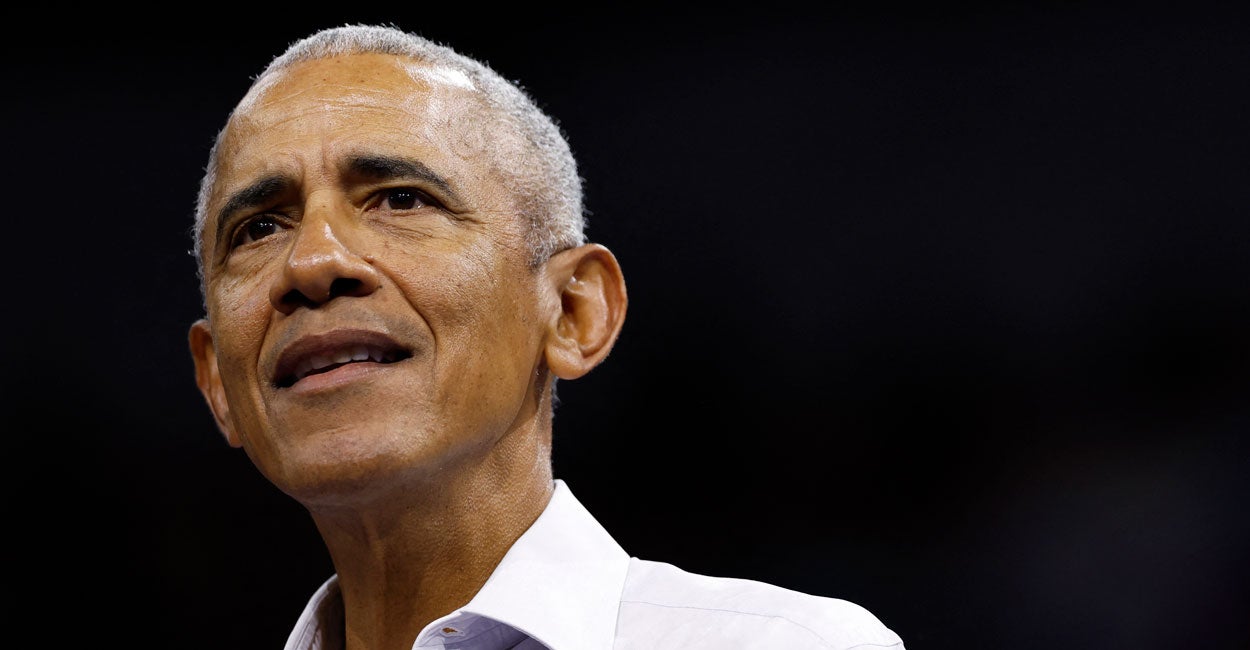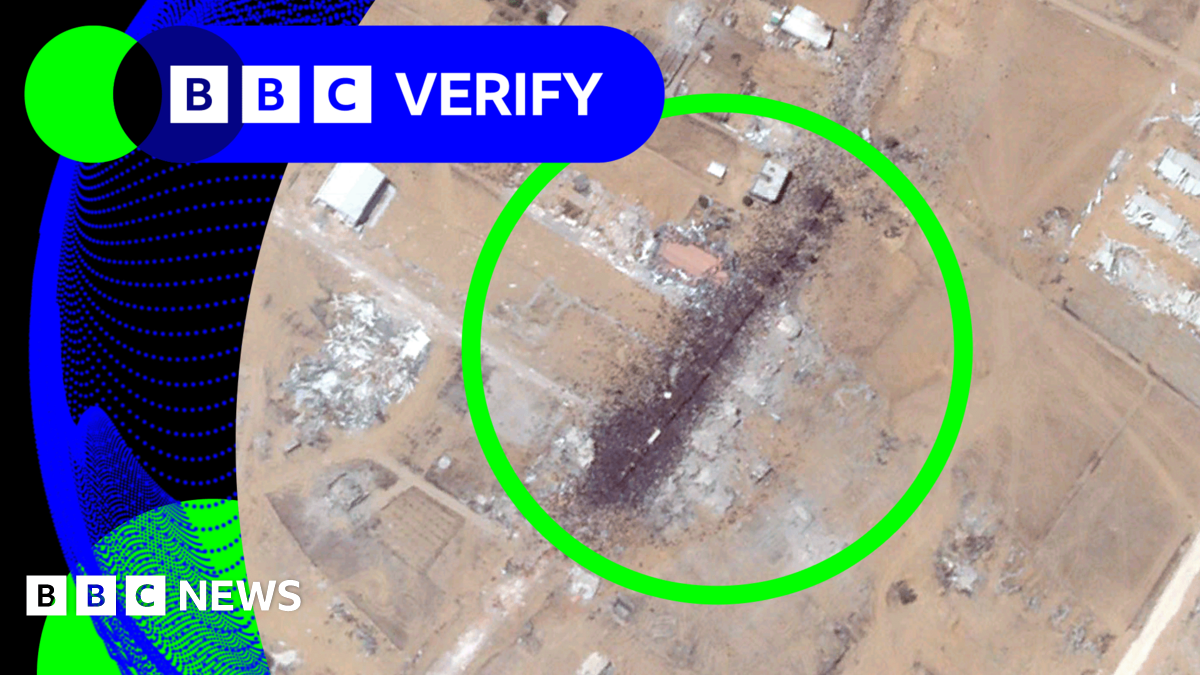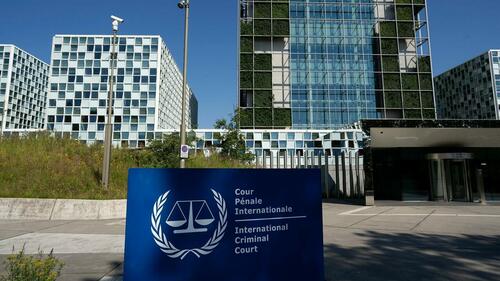How to Mount a Religious Liberty Challenge to a Childhood Vaccine Mandate
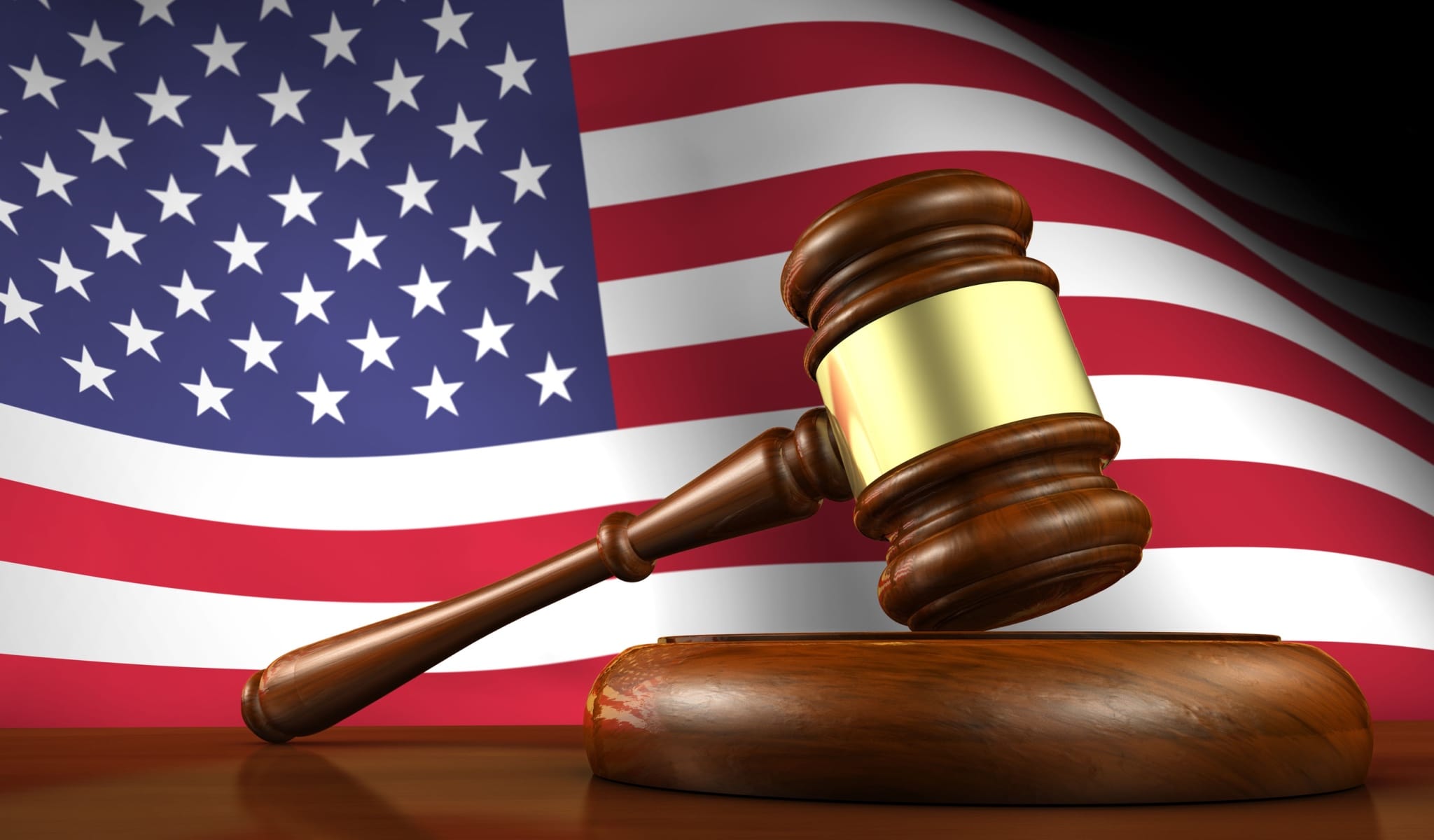
In 2024, IT specialist Lisa Domski was awarded $12.7 million in a religious discrimination lawsuit against Blue Cross Blue Shield of Michigan. The health company had fired her for refusing a Covid-19 vaccine that was developed using aborted fetal cell lines—to which she objected as a Catholic.
Domski’s case isn’t unique. Hers is one of at least five major lawsuits pitting vaccine mandates against religious liberty in recent years.
Most Americans might assume that the religious liberty guaranteed by the First Amendment would extend to vaccines given to both adults and children. Most states do recognize such a right, but California, Connecticut, Maine, New York, and West Virginia do not.
Should they? With ever-growing public concern about vaccine mandates, it’s only a matter of time before this question reaches the Supreme Court.
The Court has never ruled directly on the question of religious liberty and vaccine mandates, but it has dealt with mandates. Jacobson v. Massachusetts (1905) involved an adult man, Henning Jacobson of Cambridge, Massachusetts. The city, following a state statute, had mandated the smallpox vaccine during an epidemic and had fined Jacobson five dollars for failing to comply. He argued that his state’s mandate violated his right to individual liberty under the 14th Amendment.
The Supreme Court disagreed with Mr. Jacobson. It ruled 7-2 that states have broad authority under their police powers to enact public health measures, including compulsory vaccinations, when necessary to protect the community.
In Zucht v. King (1922), the Supreme Court ruled that schools could mandate vaccines. In Cantwell (1940), however, the Court found that states needed to have a compelling state interest to restrict religious freedom. Half a century later, Smith (1990) lowered the bar for states to overrule religious liberty claims. The Religious Freedom Restoration Act (1993) partially rebalanced the scales. And recent Court decisions suggest that the Court may soon send Smith to the recycle bin.
None of these cases, however, involved a potential conflict between religious liberty and a vaccine mandate. So, these questions remain: If presented with the issue, should the Supreme Court require that state laws recognize religious liberty objections to vaccine mandates? And if so, under what conditions?
I’m neither a legal scholar nor a prophet, so I won’t venture a prediction about how the Court would rule. Still, the Court should recognize the legitimacy of at least some religious liberty objections to vaccine mandates. This is true even if one believes the seven-vote majority decided correctly in 1905 that states could mandate the smallpox vaccine.
Such mandates always involve crucial questions of fact. In Jacobson, the Court took for granted several of what it viewed as facts: (1) Smallpox vaccines, they assumed, had a long history of immunizing recipients against a highly infectious and deadly disease. (2) There were few alternative treatments for the infected. (3) The cost of refusing the Massachusetts mandate—a small fine—was not all that burdensome. (4) The risk of the vaccine itself was quite low. (5) Finally, they assumed, such a mandate was needed for public safety.
Given all this, they rejected his appeal to personal liberty.
Few of these premises apply to childhood vaccines on the 2025 childhood schedule—still less to the schedule as a whole. On the contrary, every newly approved vaccine benefits from unmerited prestige-laundering from the smallpox and polio vaccines. As a result, the assumption that states have a compelling public interest in mandating every vaccine on the entire childhood vaccine schedule—even over sincere religious objections—is way past its expiration date.
That claim may seem controversial—even scandalous—to readers who encountered a modest vaccine protocol as children or parents. As a child, I received smallpox with a painless bifurcated needle, the oral polio vaccine, and DTP injections. For some reason, I didn’t get the measles vaccine and got measles when I was four. So, my experience with childhood vaccines was quite modest. For much of my life, I thought little about vaccines and had no reason to doubt the wisdom of the Food and Drug Administration (FDA) and the Centers for Disease Control and Prevention (CDC).
Young parents today live in a different universe. The current CDC schedule involves 68 shots between birth and age 18, and many of these shots contain multiple antigens. Most of these were added after 1986, when the federal government granted immunity from liability for injury to vaccine manufacturers. Many of these parents are aware of the chronic disease crisis among children. Finally, they experienced the madness of 2020-21—when public health authorities disgraced themselves over and over again. As a result, and in contrast to previous generations, young parents are much less inclined to trust public health agencies. According to a recent Zogby poll, about half of American adults now want the CDC to reconsider the schedule for children.
The many widely known problems with the schedule—and the approval process behind it—are now breeding skepticism about the whole public health enterprise. Still, most Americans are not (yet) “vaccine skeptics.” Many young parents simply want to space out vaccine doses or delay or decline a few of them. For their trouble, many find that their doctor, school board, and next-door neighbor treat the entire schedule as an inflexible moral decree.
Despite this pressure, millions of American parents across the political spectrum resist. They are like committed pro-lifers before 2022, who did not treat the constitutional “right” to abortion as either just or settled law. Many of these parents endure personal hardships because of de facto mandates. They exchange the names of doctors who won’t pressure them to stick with the schedule. They avoid both public and private schools. Some even pack up and move. I know one tech entrepreneur who moved his family from a large city in one state to a rural area of another state and bought a little schoolhouse for local parents who wanted to avoid the mandates.
We no longer live in an era when most informed Americans will simply trust the word of a doctor or government scientist wearing a white lab coat. That’s due, in part, to their recognition that the processes that give rise to public health policies—including vaccine mandates—are murky and untrustworthy.
The vaccines and mandates are the result of laws and policies at both the federal and state levels. The FDA approves new drugs based on trials conducted by the drug companies themselves. The CDC then determines whether to recommend a vaccine, and for whom. But it is the states—which have jurisdiction over medical licensing and practice—that mandate their use. The result is a frustrating game of blame-shifting. Anthony Fauci, the face of the lockdowns and Covid vaccines, distilled this tactic in an interview with the New York Times in 2023. “Show me a school that I shut down and show me a factory that I shut down,” he insisted. “Never. I never did.”
Despite, or perhaps because of, such shell games, legal challenges to vaccine mandates are inevitable. Based on recent evidence, it’s likely some of these will be framed in terms of religious liberty.
The Argument for Vaccine Freedom
Religious liberty is a species of the genus liberty. One could mount a formidable case against vaccine mandates based simply on individual liberty without an appeal to religious belief. One could appeal, for instance, to the liberty and rights of parents to make decisions involving their children. Consider the following argument, little of which depends on claims about high risk from any one vaccine:
- The question in Jacobson (1905) was whether the state could, under certain conditions, mandate a vaccine for infectious diseases to protect the public. The details matter. The Court assumed certain things about the nature of the vaccine, the risk of smallpox at the time, and the severity of the mandate. None of these assumptions hold for most, if any, vaccines on the current CDC schedule.
Smallpox was extremely infectious and had, in 1905, an infection fatality rate of about 30%. (The pre-vaccine rate for Covid-19, in contrast, was many orders of magnitude smaller for all but the elderly.) There was an epidemic underway. Moreover, by 1905, some version of the smallpox vaccine had been in use for over a century. The punishment for failing to comply with the mandate was not ostracism, but a modest $5 fine, equivalent to about $182 in 2025. In contrast, an appeal to public health or the common good to compel parents to embrace the entire childhood vaccine schedule in 2025 is quite weak. - The advent of antibiotics (which can be life-saving for those with post-infection illness from respiratory viruses) and other technological and medical innovations makes the contrast between 1905 and 2025 even more dramatic. One example: more than 98% of the reduction in measles deaths in the 20th century occurred before 1963, when the first measles vaccine was approved.
One can suss this out with the information at the CDC “History of Measles” page, but don’t expect them to highlight it. Here’s a figure illustrating it at Our Word in Data. The figure starts at 1919, since data before that time is considered unreliable. Grok estimates the death reduction before 1963 as 99.53 percent. So, to be generous, the measles vaccine can gain credit for, at most, 1.5 percent of the reduction of measles deaths since 1911.
Similar considerations apply to many of the vaccines on the childhood schedule. - Few of the drugs on the current schedule confer complete immunity from infection and transmission of the disease in question. Strictly speaking, these drugs “change the pathogen/host” relationship. That is, they can reduce the risk of severe disease to the recipient, but don’t do what most laypeople (including most parents) think a “vaccine” should do. In late 2020 and 2021, for instance, millions of Americans saw public health officials insist that Covid-19 vaccines prevented infection, which was known to be untrue even at the time.
As a result, some people deem the personal benefit of the shot to be greater than the risk. Others decide the opposite. For such drugs—even if they’re called “vaccines”—the public health argument is much weaker since the benefit is primarily for the recipient, and the recipient is presumably at much less risk of severe illness from infection from others. - The public health argument is even weaker for any vaccine that does confer total, lifelong immunity. The point should be obvious: If I have received such a vaccine, I can’t get sick from, be infected by, or transmit the virus in question. Unvaccinated people do not put me at risk. It should make no difference to me who else is vaccinated. Anyone worried about the disease can get the vaccine. So, again, the case for compulsory vaccination is weak, especially in a country that prizes parents’ rights, individual liberty, and rights of conscience.
- Even a superficial study of the vaccines added since the 1986 NCVIA (National Childhood Vaccine Injury Act)—which provided immunity from liability to drug manufacturers—does not inspire confidence. An informed observer would be struck by the diminishing returns on vaccines over the last century. It’s hard to resist the suspicion that the 1986 legal liability shield created a strong incentive for drug companies to develop and lobby for drugs that can be classified as vaccines, even for diseases that are only a risk for small populations.
Take the Hepatitis B vaccine. The first dose is given within 24 hours of birth. This is for a disease that is transmitted by bodily fluids—and so is mainly a risk to IV drug addicts and prostitutes. A newborn can contract the disease from his or her mother. But in the US, almost all mothers are tested for this disease. If a mother tests negative for Hep-B, then the risk of this disease to her newborn infant is remote.
If you check the details on the CDC site, you discover this about the trial on which the drug was approved for newborns: “434 doses of RECOMBIVAX HB, 5 mcg…administered to 147 healthy infants and children (up to 10 years of age) who were monitored for 5 days after each dose.” That is not especially compelling or comforting. - Parents in 2025 have ample reason for concern that drugs are added to the schedule for reasons other than the safety of their children. They see the perverse effects of the 1986 NCVIA (National Childhood Vaccine Injury Act), the chronic childhood disease crisis, the third-party payer mandate for vaccines from the Affordable Care Act, the third-party financial incentives given to doctors who have a high fraction of their patients fully vaccinated, and so much of what we have witnessed from public health authorities since 2020.
- The schedule now includes 68 shots (from age 0-18, not counting the shots recommended for pregnant mothers), with several containing multiple antigens (for example, MMR). Even if every individual vaccine on the schedule were shown to be safe, that would tell us nothing about the cumulative safety of the entire schedule, which the NIH has resisted testing.
- The childhood chronic disease epidemic correlates with the growth in the childhood vaccine schedule. It’s reasonable to wonder if the schedule is contributing to the crisis. In Bayesian terms, the prior probability that the total schedule contributes to chronic disease is much higher in 2025 than it was in, say, 1967 or 1986.
- As Catherine Pakaluk argues in her recent essay on parents’ rights and vaccine mandates, an adult can choose to bear a private risk for a public good, but that doesn’t apply to one’s children. It is not reasonable to require that parents—whose job is to protect their children from harm—put their own children at risk for a putative social benefit.
Of course, not giving a child a vaccine might also put the child at risk. The point is simply that the “individual risk for social reward” argument falls flat when applied to a small child who cannot exercise informed consent. And some of the shots on the schedule—such as the ones for Covid-19—confer little benefit for children, since children have a near-zero risk of death and severe illness from Covid-19, and the effects of the drugs are quite short-lived. - Parents have natural incentives to protect their children. As a result, genuinely net-beneficial childhood vaccines—for which the benefits to the child clearly outweigh the risks—don’t need to be mandated. In fact, for widespread, deadly, and highly infectious diseases, most parents would clamor to have their child receive a well-tested and relatively safe vaccine. In extreme cases, many might even sign a waiver promising not to hold the drug company liable for injury.
Given the above, an appeal to parental rights alone should suffice for a parent to decline or delay a vaccine for his or her child.
The Religious Liberty Argument
That said, a sincere religious liberty argument, building on the points above, is even stronger when applied to parents acting on behalf of their children.
Such arguments depend on particular facts, of course, so here is one argument I could make if my wife and I had a newborn in 2025. Let’s use the Hepatitis B vaccine as an example. I could apply it, with relevant adjustments, to others—such as the Covid-19 vaccines.
- I believe I am morally obligated by God to protect my children and their well-being. (Catechism of the Catholic Church, 2221-2231)
- From careful research and the fact that my wife does not have Hepatitis B, I have concluded that giving my newborn the Hepatitis B vaccine within 24 hours of birth provides little to no health benefit for my child.
- The details of the drug trial, based on which this drug was approved, are weak by any reasonable scientific standard.
- The risk to my child of receiving the vaccine might be low. But given the limitations of the relevant studies, I’m agnostic on the question. In any case, I know that the risk of my child contracting Hep B is extremely low.
- I know that this vaccine was added to the schedule in 1991 in part to increase compliance and because of the difficulty of targeting the at-risk adult population.
- This vaccine would provide little to no benefit to others because it does not prevent either infection or transmission to others. That’s because I can be certain my child does not have Hep B at birth, is extremely unlikely to contract it during childhood, and the intervention is not known to confer lifelong immunity.
- I’m not a utilitarian. Even if the vaccine given on the first day of birth provided some benefits to society—say, by preventing infection in others—I believe it is unjust for me to impose on my newborn child a concrete risk for an abstract and speculative social benefit.
- The Nuremberg Code on the treatment of POWs prohibits any medical experiments on prisoners for community benefit unless the recipient freely assents. Surely the standards for the treatment of prisoners of war are not higher than the standard for children under the care of their parents.
- Therefore, I have a strong religious objection to giving my child the first dose of the Hepatitis B vaccine within 24 hours of birth.
Ideally, the Supreme Court would not be asked to rule on such a question until the problems sketched here are more widely known. The media and public officials have relegated questions about vaccine safety to the fringe for decades. As a result, the Justices may incorrectly assume (as most people do) that the risk of all approved vaccines (both individually and jointly) is low relative to the individual and social benefits.
Still, we’re way past the time when Americans are obliged to give the FDA, CDC, and other public health agencies the benefit of the doubt. If they want to be trusted, they must act in a trustworthy manner. Parents, in particular, can have strong moral and religious reasons to delay or forgo, for their young children, drugs on the CDC’s childhood vaccine schedule. Let’s hope that the Supreme Court will recognize the rights of such parents if it’s called to rule on this question.
-

Jay W. Richards, PhD, is Director of the Richard and Helen DeVos Center for Human Flourishing and the William E. Simon Senior Research Fellow in American Principles and Public Policy at The Heritage Foundation. He is also a senior fellow at the Discovery Institute.Jay is author or editor of more than a dozen books, including the New York Times bestsellers Infiltrated (2013) and Indivisible (2012); The Human Advantage; Money, Greed, and God, winner of a 2010 Templeton Enterprise Award; The Hobbit Party with Jonathan Witt; and Eat, Fast, Feast. His most recent book, with James Robison, is Fight the Good Fight: How an Alliance of Faith and Reason Can Win the Culture War.



